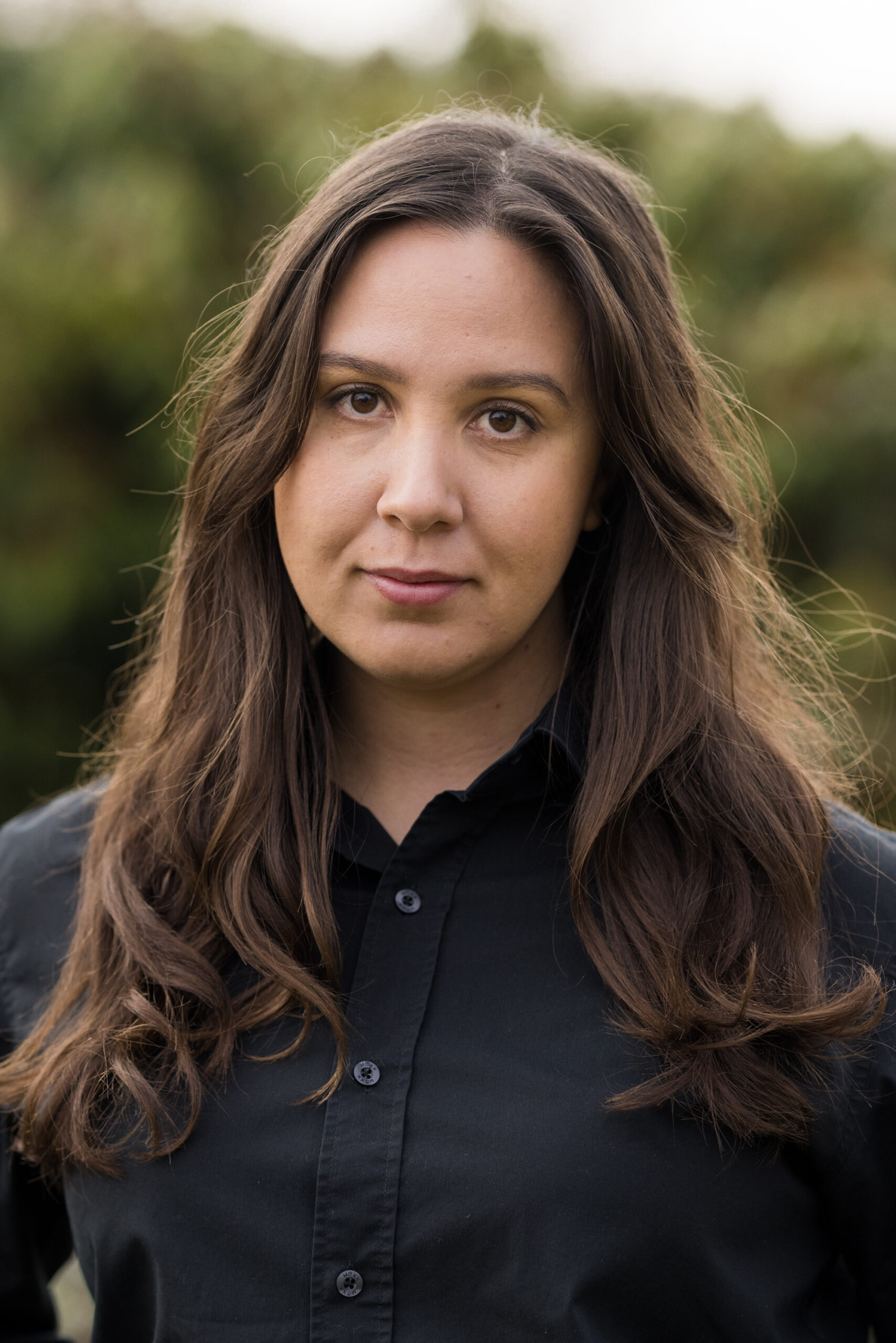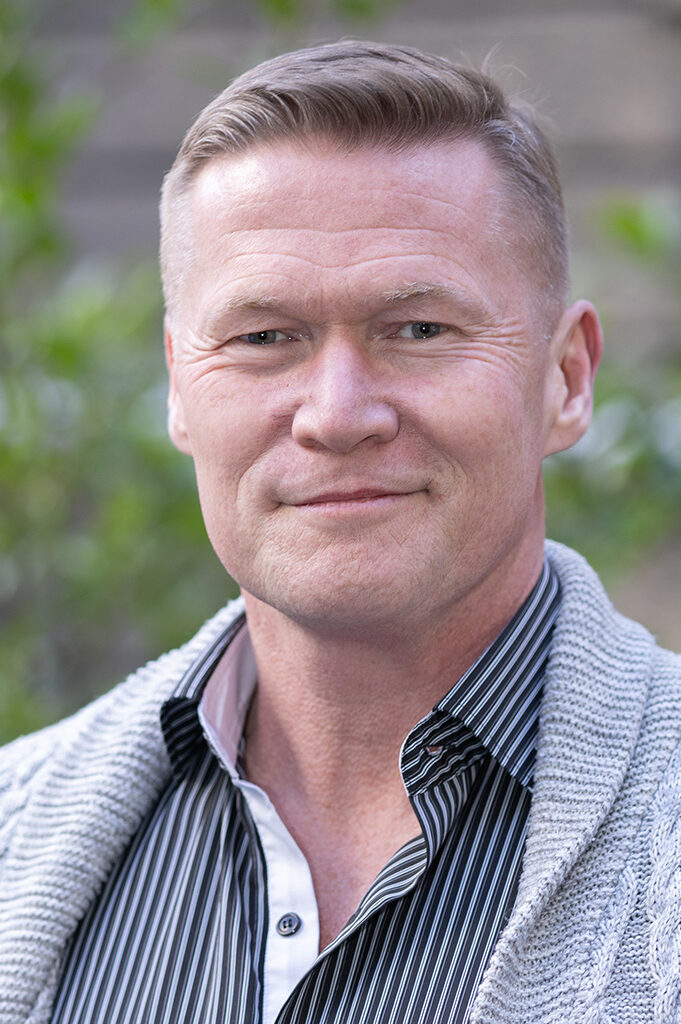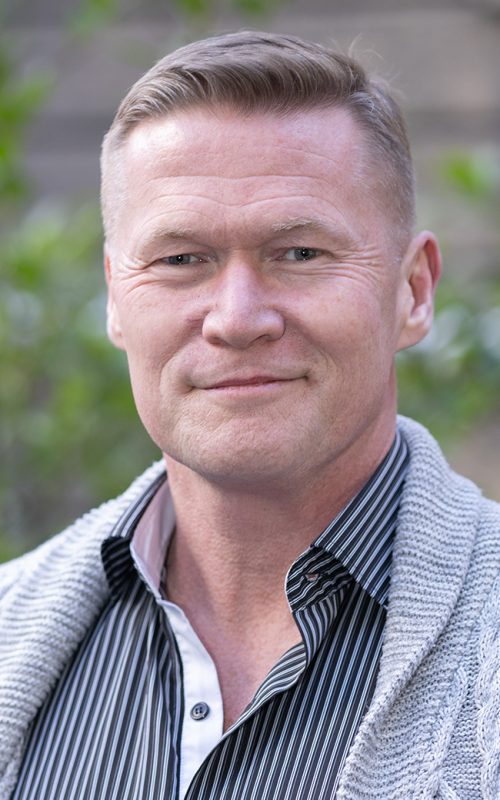Together for a brighter future
Have you considered supplementing your business with solar energy? Cooperating with us as a landowner means an opportunity to get a stable return over time through long-term land lease agreements.
In addition, you become our partner in the green transition by contributing to more renewable energy being produced.
Together for a brighter future
A green business
Have you considered supplementing your agriculture with solar energy production? Cooperating with us as a landowner means an opportunity to get a stable return over time through long-term lease agreements.
In addition, you become our partner in the green transition by contributing to more renewable energy being produced.
Become a partner in the green transition
Sweden is expected to double its electricity consumption from today’s approximately 145 TWh to an estimated 290-300 TWh. We need to produce more renewable energy in our country. By leasing out a piece of your land for solar energy production, you contribute to the green transition!
When BeGreen and you as the landowner enter into a lease agreement, it means the start of a long-term collaboration. BeGreen takes responsibility for the solar parks from cradle to grave. Through our lease levels, we want to give Swedish landowners the opportunity to add an extra, stable source of income that can strengthen the profitability of their business.
Establishment of a solar park
After a lease agreement has been entered into, BeGreen is responsible for the entire subsequent process. For example, we handle the application for grid connection and the other permits required.
During the period when we are waiting for permission, the existing land use can continue unchanged. BeGreen is afterwards also responsible for the construction period of the solar park, as well as for operation, ownership and management. As a landowner, you have no responsibility for the maintenance of the solar park.
Solar parks are temporary installations that do not harden the ground. We ensure that the land areas are restored after the solar park is decommissioned. If the solar park is built on agricultural land, BeGreen can combine solar power production with agriculture, for example grazing, hay cultivation or protein grass production.
Collaborate with us
When BeGreen and you as a landowner enter into a lease agreement, it means the start of a long-lasting collaboration.
Sweden is expected to double its electricity consumption from today’s approximately 145 TWh to an estimated 290-300 TWh. We need to produce more renewable energy in our country. By leasing out a piece of your land for solar energy production, you contribute to the green transition!
BeGreen takes responsibility for the solar parks from cradle to grave. Through our lease levels, we want to help landowners in Sweden have the opportunity to add an extra, stable source of income that can strengthen the profitability of their business.
Our land developers
Contact us to get more information.




Establishing a solar park
After a lease agreement has been entered into, BeGreen is responsible for the entire subsequent process. For example, we handle the application for grid connection and the other permits required.
During the period when we are waiting for permission, the existing land use can continue unchanged. BeGreen is then also responsible for the construction period of the solar park as well as for operation, ownership and management. As a landowner, you have no responsibility for the maintenance of the solar park.
Solar parks are temporary installations that do not harden the ground. We ensure that the land areas are restored after the solar park is decommissioned. If the solar park is built on agricultural land, BeGreen can combine solar power production with agriculture, for example grazing, hay cultivation or protein grass production.
We analyze land areas to find the best, most suitable land for establishment, taking a lot of aspects into account, for example environmental aspects and landscape issues.
When the lease agreement is signed, BeGreen takes responsibility for the entire establishment process. As a landowner, you have no responsibility for permit applications or maintenance of the finished solar park.
We apply for the necessary approvals. During this period, existing land use may continue unchanged.
When we have a lease agreement, we start a dialogue with neighbors early on, to inform about the process and create understanding and acceptance.
We are applying to connect the park to the electricity grid.
The construction time for a solar farm is usually around 12-18 months. The park then generates solar energy for the community.
When the park is built, BeGreen remains as active owner and handles operations and management. The solar park is estimated to produce renewable energy for around 40 years.
We are responsible for the management of land and any agricultural activities in the solar park.
Our land developers
Do you want to discuss land lease agreements? Contact one of our land developers to find out more.
As a landowner of a solar park, you are guaranteed a stable income
We can offer three different compensation models:
Hybrid agreement, i.e. a variable lease payment based on the solar park's turnover, with a guaranteed minimum level.
Fixed price per hectare per year. The lease is determined at the conclusion of the agreement and is index-regulated throughout the entire agreement period.
A variable rental fee that constitutes a fixed percentage of the solar park's turnover.
Process
Analysis of land areas
We analyze land areas to find the best, most suitable land for establishment, taking a lot of aspects into account, for example, environmental aspects and landscape issues.
Formal applications and dialogue with authorities
We apply for the necessary approvals. During this period, existing land use may continue unchanged.
Agreement on network connection
We are applying to connect the park to the electricity grid.
Operation
When the park is built, BeGreen remains as active owner and handles operations and management.
The solar park is estimated to produce renewable energy for around 40 years.
Lease agreement
When the lease agreement is signed, BeGreen takes responsibility for the entire establishment process. As a landowner, you have no responsibility for permit applications or maintenance of the finished solar park.
Early information and dialogue with neighbours
When we have a lease agreement, we start a dialogue with neighbors early on, to inform about the process and create understanding and acceptence.
Establishment
The construction time for a solar park is usually around 12-18 months.
Agriculture
We are responsible for the maintenance and any agricultural activities in the solar park.
FAQ
We need access to large, relatively nearby areas, but we can sign lease agreements with several landowners for one and the same solar park. It is not the case that one person always has to contribute huge parcels to a solar park project, it is common for several neighbors to contribute with a piece of land each.
When looking for potential land areas for solar parks, we do thorough analysis and many trade-offs. We want the park to have as little impact on the landscape and the surrounding area as possible. We are interested in different types of land, but examples of good conditions are:
- It is an advantage to have flat, contiguous areas, but it is not a must
- Access to electricity grud connection
- Proximity to technical facilities, such as wind turbines, railways or motorways is an advantage
- Areas with good sunlight
Whether an area has good conditions for establishing a solar park or not is something that we investigate, a landowner does not need to check it himself. We are always open to taking a closer look at different types of land.
The reason why solar parks often are built on agricultural land is for example because land areas of sufficient size is required, proximity to the grid, the right conditions regarding topography and so on. We can also develop parks on other types of land, for example in forest areas.
After the closure of a solar park, the land can be used in the same way as before. Solar parks are temporary, they do not damage the agricultural land and it is possible to combine solar power production with, for example, cultivation or grazing.
By leasing out a piece of their land to solar parks, landowners can also add an important source of income to their other agricultural operations.
We do in-depth analyzes of different land in Sweden based on a number of parameters such as topography and solar radiation, then we make contact with land owners for the areas we consider to be interesting. Sometimes landowners also contact us directly. We are always open for discussions about lease agreements.
We always carry out careful analyzes of the site even before we contact a landowner. We take into account the cultural and natural environment and work actively to ensure that the park affects nearby residents as little as possible, including by planting so-called vegetation curtains around the solar parks, to create privacy and give the facility a living setting.
All electricity production involves some form of impact on the local area, but the advantage of solar parks is that they neither smell nor make noise, apart from during the construction period.
BeGreen’s solar parks contribute to a rich and varied animal life. We plant native plants and trees in and around the parks to ensure insects and bees thrive, helping to increase biodiversity in the area.
We ensure that smaller animals can get under the parks’ fences and we also build game corridors if the need exists.
BeGreen takes responsibility for both development, operation, ownership and management of our solar parks. We have the opportunity to remain a long-term player thanks to our strong ownership structure. In November 2022, BeGreen was aquired by the energy company Equinor.
Contact
Should solar power be your next crop?
We would be happy to have an unconditional conversation with you! Contact our land developer

Land developer, team leader
Will solar energy be your next crop?
Please don’t hesitate to contact us for more information!
Mats Palmgren
Land developer, Acting Managing Director



